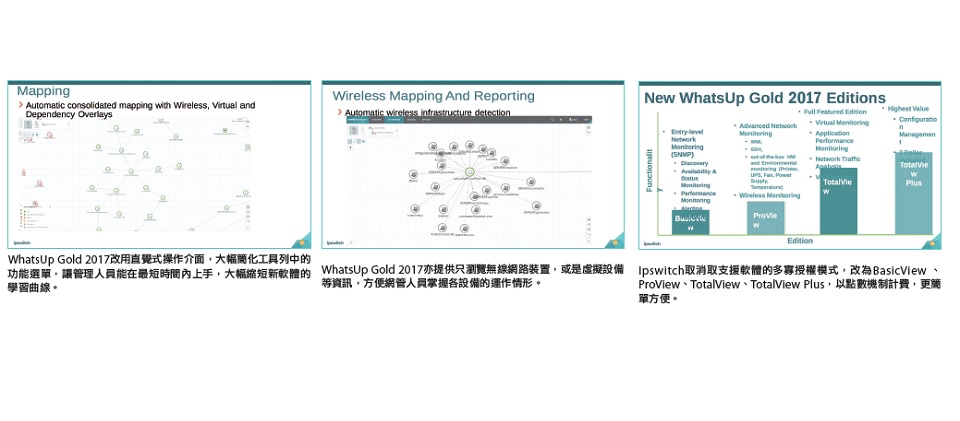

- #PICBASIC PRO 3 GOLD REG KEY SERIAL#
- #PICBASIC PRO 3 GOLD REG KEY CODE#
- #PICBASIC PRO 3 GOLD REG KEY PC#
The string will be sent to both LCD and Serial pin and the main program will resume when the null terminating character is encountered in the table. The strings can be called by storing the location of the first character in a variable and calling the strout subroutine. PICBASIC PRO program to demonstrate a method of storing text strings in a table. Then reads first 16 locations back and send to LCD repeatedly Note: for SEEPROMs with word-sized address. PICBASIC PRO program to read and write to SPI SEEPROMs Writes to the first 16 locations of an external serial EEPROM. Button 1 moves servo left, 2 centers servo, 3 moves servo right. PICBASIC PRO program to move RC servo 1 using keypad buttons. Buttons on LAB-X1 keypad are used to move servos. Watchdog Timer should be set to off at program time and Nap and Sleep should not be used. PICBASIC PRO program for servo control using On Interrupt. Pin definitions compatible with LAB-X1 and PIC16F877. PICBASIC PRO program to demonstrate an interrupt-driven input buffer for Hserin using On Interrupt. Pin definitions compatible with LAB-X1 and PIC16F877 PICBASIC PRO program to demonstrate an interrupt-driven input buffer for hardware USART receive using Assembly language interrupt. Reads 8 locations back and sends to LCD repeatedly.

#PICBASIC PRO 3 GOLD REG KEY CODE#
Writes to 8 locations of code space beginning at $1800. PICBASIC PRO program to read and write to code space Flash Program Write must be enabled on your programmer. PICBASIC PRO program for LCD clock using the Dallas 1202/1302 RTC ICs. Memory device must be addressed with 8 bits and capable of receiving 16 bytes at once. Writes data in page mode, 16 bytes at one time.
#PICBASIC PRO 3 GOLD REG KEY PC#
PICBASIC PRO program to receive a HEX file from PC and write data to I2C memory. Memory device must be addressed with 8 bits and capable of receiving 8 bytes at once. Writes data in page mode, 8 bytes at one time. Note: for SEEPROMs with byte-sized address. Reads first 16 locations back and send to LCD repeatedly.

Writes to the first 16 locations of an external serial EEPROM.

PICBASIC PRO program to read and write to Microwire SEEPROM 93LC56A. PICBASIC PRO program to read LTC1298 ADC. PICBASIC PRO program to manually operate (without LCDOUT) an LCD in 4-bit mode with the PIC16F877A and LAB-X1. PICBASIC PRO program to display 'Hello World' on LAB-X1 LCD. PICBASIC PRO program to display 'hello world' on LCD, then use LCDIN to read the first letter of each line and change it to upper case. PICBASIC PRO program to display key numbers on LAB-X1 LCD. PICBASIC PRO program for an LCD clock using the JRC6355 RTC. PICBASIC PRO program to read and write to I2C SEEPROMs that require a byte-sized address. PICBASIC PRO program to read and write to I2C SEEPROMs that require a word-sized address. PICBASIC PRO to send and receive from the hardware serial port. This program will transfer 64 bytes of data to the memory before a pause is needed to complete the write. PICBASIC PRO to demonstrate the page-write capability of the 24LC256 serial memory. On the LAB-X1, POT1 and POT3 adjust the respective inputs. The program will compare the voltages and tell you which is greater. Inputs are analog voltages on RA0 and RA3. You must use the 16F877A, or another PICmicro MCU with comparators. This program will not compile for the 16F877, as it has no comparators. PICBASIC PRO to demonstrate the setup and use of analog comparators. Buttons may be used to set hours and minutes. PICBASIC PRO program for an LCD clock using On Interrupt. PICBASIC PRO program to show button presses on 4 LEDs with the LAB-X1. Serial data received is displayed on the LAB-X1 LCD. PICBASIC PRO program to simulate an LCD Serial Backpack. PICBASIC PRO program to blink an LED connected to PORTD.0 about once a second PICBASIC PRO program to blink all the LEDs connected to PORTD PICBASIC PRO program to read pots on 16F877 ADC PICBASIC PRO program to display result of 8-bit A/D conversion on LCD Connect analog input to channel-0 (RA0) PICBASIC PRO program to display result of 8-bit A/D conversion on LCD Connect analog inputs to channels 0, 1, 3 (RA0, 1, 3) PICBASIC PRO program to display result of 10-bit A/D conversion on LCD Connect analog input to channel-0 (RA0) The 16F877A was very popular in its day, but has been replaced by the 16F887. PBP examples written for the PIC16F877A and LAB-X1 Experimenter Board


 0 kommentar(er)
0 kommentar(er)
